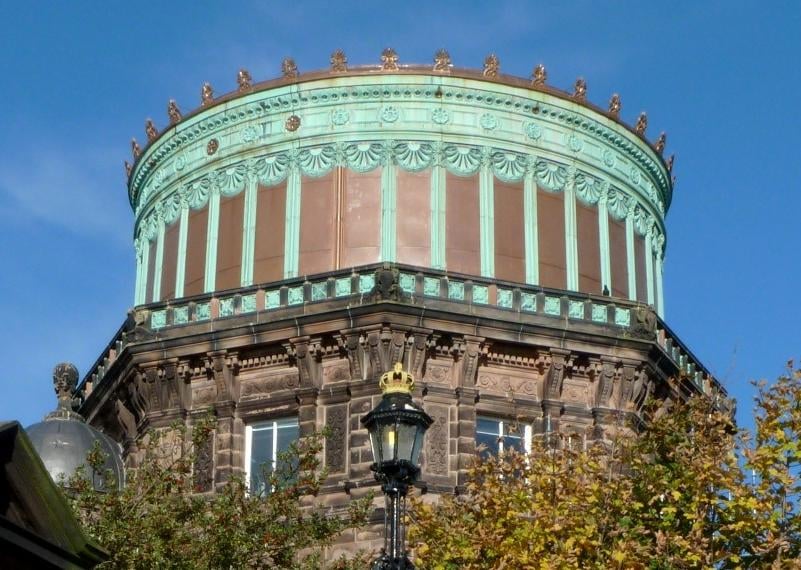
The Royal Observatory Edinburgh has a long history dating back to 1786 when the first Chair of Astronomy was established at the University. It is now one of the UK’s major centres of astronomical research. The observatory is accessible to the public during regular open evenings, which must be booked online and suitable for anyone interested in astronomy.
Location events organiser
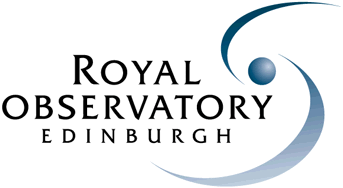
Royal Observatory Edinburgh organises events at this location
Please contact Royal Observatory Edinburgh directly with any enquiries relating to visiting this location
Email: [email protected]
Website: Royal Observatory Edinburgh
Twitter: @RoyalObs
Weather forecast
-
27/04/24
8° 5% -
27/04/24
6° 0% -
28/04/24
5° 1% -
28/04/24
5° 9%
Weather forecast for Morningside (0.9 miles away) updated 27/04/24 at 04:00.
Local light pollution
Royal Observatory Edinburgh is estimated to have light pollution levels similar to an urban location based on the latest data from the VIIRS satellite.
-
Urban
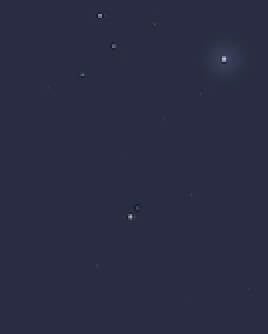
-
Suburban
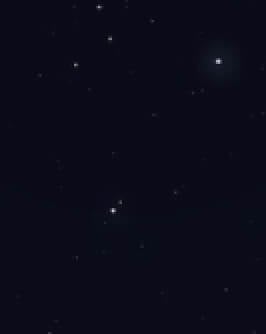
-
Semi-rural
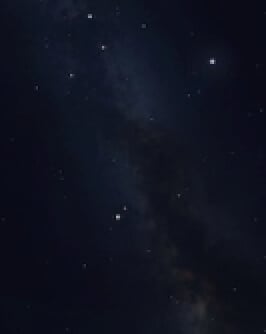
-
Rural
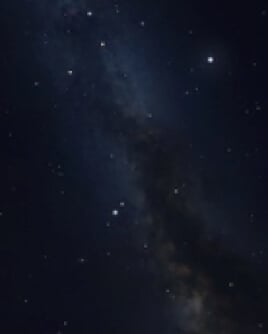
-
Dark site
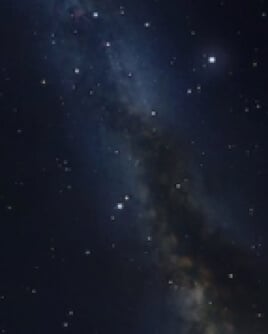
The above demonstrates the estimated effect of light pollution - graphics created using Stellarium.
Best time to visit
The below chart shows when the skies will be at their darkest at this location and therefore the best time to visit. Moonlight is shown in light yellow and the Sun's twilight in light blue. Midnight on the date shown is shown as a white line with sunset to the left and sunrise the next morning to the right. A black background with stars shows the best times for stargazing. See our dark sky calendar for more details.

Sat 27th Apr

Sun 28th Apr

Mon 29th Apr

Tue 30th Apr

Wed 1st May

Thu 2nd May

Fri 3rd May
Find more dates
If you are planning to visit this location check our dark sky calendar to find out when is best!
Calendar